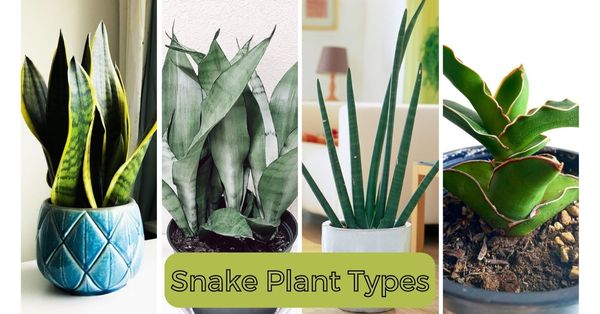11 Tips for Rubber Plant Care Indoor
Embrace the joy of indoor gardening and watch your rubber plant thrive in the comfort of your home with these tips for rubber plant care indoor.

Indoor gardening has become a delightful trend, with the rubber plant (Ficus elastica) standing out as a popular choice. Known for its glossy leaves and air-purifying qualities, the rubber plant is a resilient and attractive addition to any home. To help you cultivate a thriving indoor oasis, here are essential tips for successful rubber plant care indoors.
1. Lighting Matters
Proper lighting is the most important factor for rubber plant care indoors. Ensure your rubber plant receives bright, indirect light. While it can tolerate lower light conditions, placing it in a spot with ample, filtered sunlight encourages optimal growth. Direct light can scorch leaves so make sure to keep it away from direct light especially during midday.
Check out these Amazing Benefits of Rubber Plant Indoors!
2. Mindful Watering
Allow the top inch or two of the soil to dry out before watering. Overwatering can lead to root rot, so always check the the soil before watering and allow excess water to drain out completely from the drainage holes. It goes without saying that you should reduce watering during winters months.
3. Choosing the Right Pot
Rubber plant loves to remain slightly pot bound so ideally you should choose a pot that leaves only couple of inches of space around the roots. Make sure the pot has drainage holes to prevent waterlogging, as it leads to root rot. Transplant your rubber plant into a larger pot (two sizes) every 1-2 years or when it outgrows its current container.
4. Humidity Boost
Rubber plants appreciate higher humidity, but they can adapt to normal household levels. Mist the leaves occasionally or use a humidifier to create a more favorable environment, especially if you feel dryness in the surround indoor air.
5. Temperature Comfort
Average room temperature that’s comfortable to you is also well-suited for the rubber plant. Keep your rubber plant in a warm environment, ideally between 60-75°F (15-24°C). Avoid exposing it to cold drafts or sudden temperature fluctuations.
6. Proper Soil Mix
Use a well-draining potting mix suitable for tropical plants or a general-purpose mix. This ensures good aeration and prevents waterlogging. If the soil lacks drainage add perlite to the mix to improve drainage.
7. Feeding Schedule
During the growing season (spring and summer), feed your rubber plant with a balanced liquid fertilizer every 2-4 weeks to boost growth. Do not fertilize in the fall and winter when growth slows down.
8. Regular Pruning
Rubber plant grows upright, so once it attains desired height it’s important cut back the shoots growing from the top. Regular pruning of rubber plant helps maintain a compact and well-balanced appearance, which is important for keeping it indoors. Also, remove any yellow or damaged leaves using clean, sharp pruning shears.
9. Pest Patrol
Keep an eye out for common pests like spider mites, mealybugs, and scale. Don’t forget to check the undersides of the leaves, as this is where these pests usually make home. If detected, treat promptly with insecticidal soap or neem oil.
10. Stake for Support
As your rubber plant grows, consider staking for support to help maintain an upright shape. This is especially important for larger varieties.
11. Rotate the Plant
Periodically rotate your rubber plant to ensure that all sides receive equal exposure to light. This helps promote even growth and prevents the plant from leaning or reaching towards the light source. Rotating the plant every few weeks ensures that each side has an opportunity to face the light, promoting balanced and symmetrical development.
Caring for your rubber plant is a gratifying experience that rewards you with lush greenery and a healthier living space. By following these tips, you’ll be well on your way to becoming a successful rubber plant caretaker. Happy planting!




